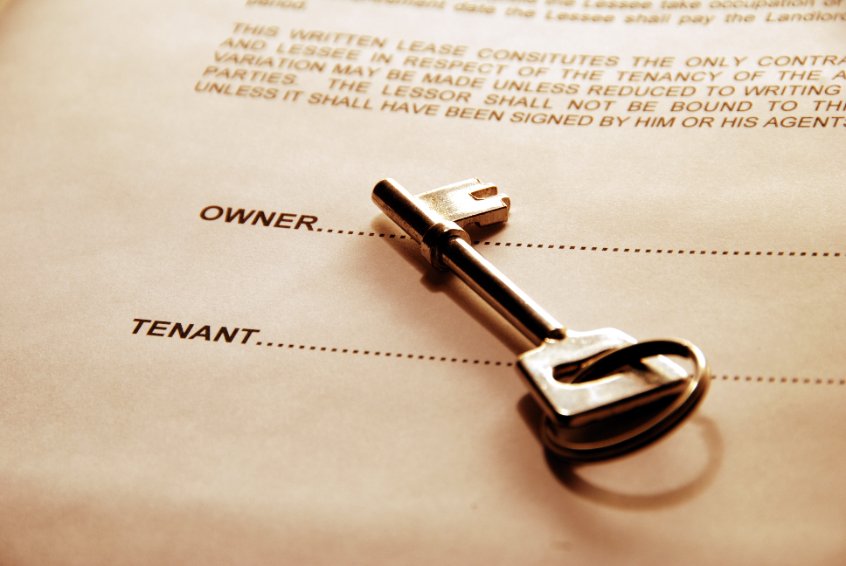
The rate of commercial real estate (CRE) price increases we saw in 2020 and 2021, especially in industrial properties, clearly has slowed at this time. But a CRE owner-occupant can still lock in and realize recent increases in their property’s value (without disrupting their operations at that site/facility) through a sale-leaseback transaction.

If your business owns and occupies its commercial real estate, you already know how challenging it can be to find a space that suits your needs. Finding the perfect space—whether it’s office, industrial, or retail—is rarely ever easy, especially when markets are experiencing low vacancies, rising property prices, and increasing construction costs. A sale-leaseback is an attractive financial arrangement for many business owners who want to maximize the value of their commercial real estate, raise capital, and reduce (or altogether eliminate) debt. And while the sale-leaseback process might seem simple on the surface, it's actually quite complex.

Many commercial property owners are unaware of a financing option that can improve their cash flow without interrupting their day-to-day business operations. This financing option is called a sale-leaseback. If you’re considering entering into this type of real estate agreement, but you’re not sure exactly what it involves, we’re here to help. Today we will be discussing everything you need to know about a sale-leaseback transaction.

If you, as a business owner, CEO, or CFO of a brick and mortar company, have been interested in ways to raise operating capital or improve your debt to equity ratio then you may have heard about sale-leaseback real estate transactions. Sale-leasebacks are a fantastic way for companies to utilize an asset it already owns and occupy the property to the fullest extent. In doing so, the company is able to create business flexibility and become more nimble in an unpredictable economic time. For instance, when not burdened by a large property mortgage, selling your business at higher price and/or recapitalizing without the need for banks or investors is achievable. If your transaction is executed correctly, sale-leasebacks can greatly benefit your business. In today’s guide, we’ll cover this type of commercial real estate transaction, in-depth, so you understand the reasons for and against this strategy.

If you own the commercial property in which your business operates, you’re probably familiar with the various opportunities available should you need more liquid capital to maintain current operations, grow, and scale your organization. Simply defined, a sale leaseback offers property owners the opportunity to sell their physical property and simultaneously lease it back from a new commercial real estate investor under a long-term lease without disrupting the business. This is a mutually beneficial transaction for both the business owner and the investor. The business owner gains an immediate working capital infusion into the business from the commercial real estate sale while the investor receives the long-term rental income from the seller-now-tenant. The transaction may sound technically complicated, so if you’re considering this kind of transaction, it’s worth finding an experienced sale leaseback broker to help you navigate the process.

When a business needs to access capital, there are a couple of options. You can elect for traditional debt financing, dilute your equity with capital raised from additional investors or you can consider a more innovative option, such as a sale leaseback transaction (often written SLB). This transaction entails selling the commercial real estate property you own (where your business operates) to an investor on the open market then leasing it back from the investor (buyer) under a long-term NNN or Absolute NNN lease agreement without ever having to relocate your business. With the right commercial broker in your corner, a sale leaseback can be a great financing tool that helps you take the right steps forward as a business. It’s important to recognize the advantages and disadvantages of a sale leaseback before embarking on this type of business decision, though. Let’s review some of the most important pros and cons of this transaction.





